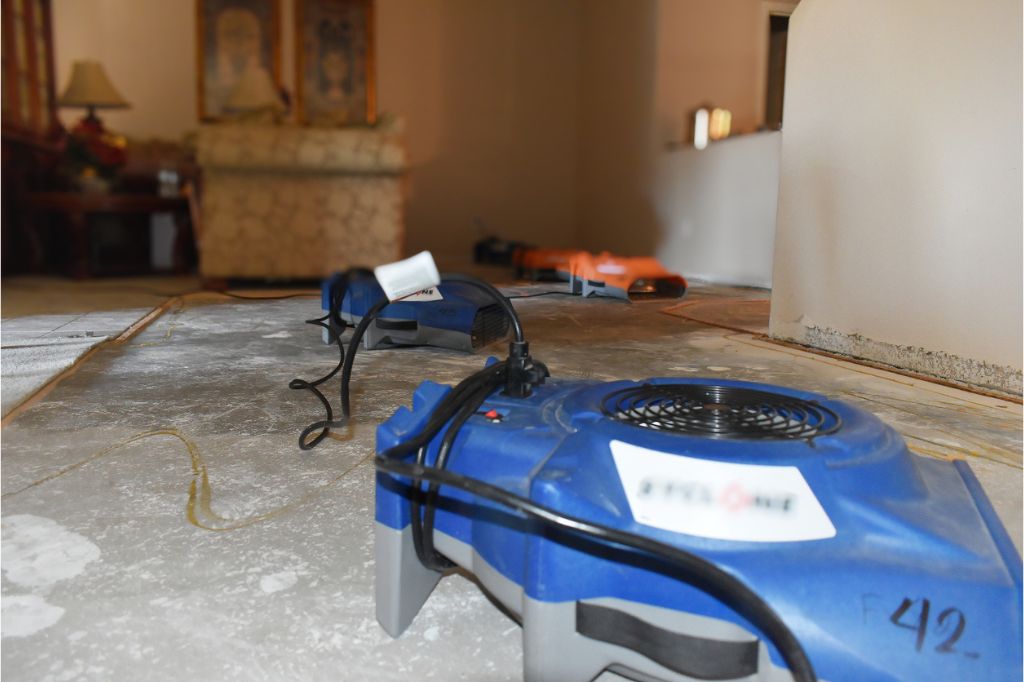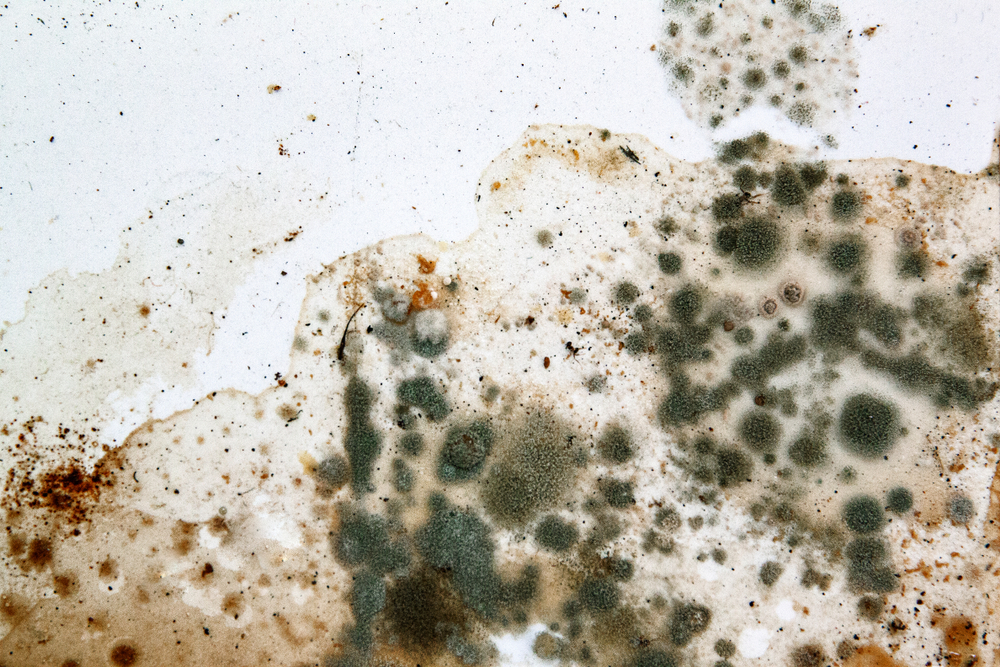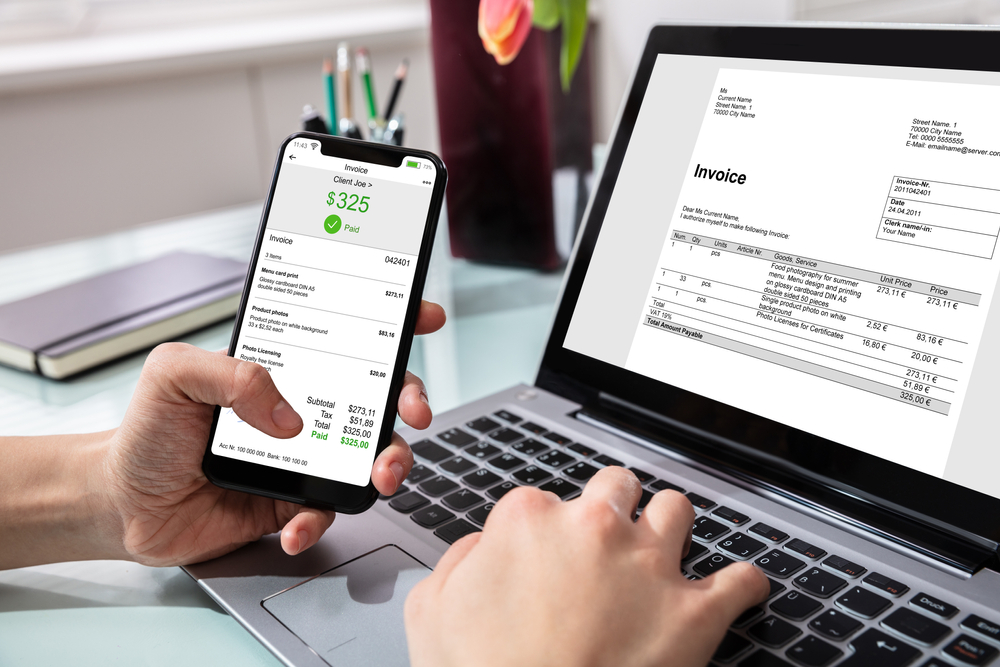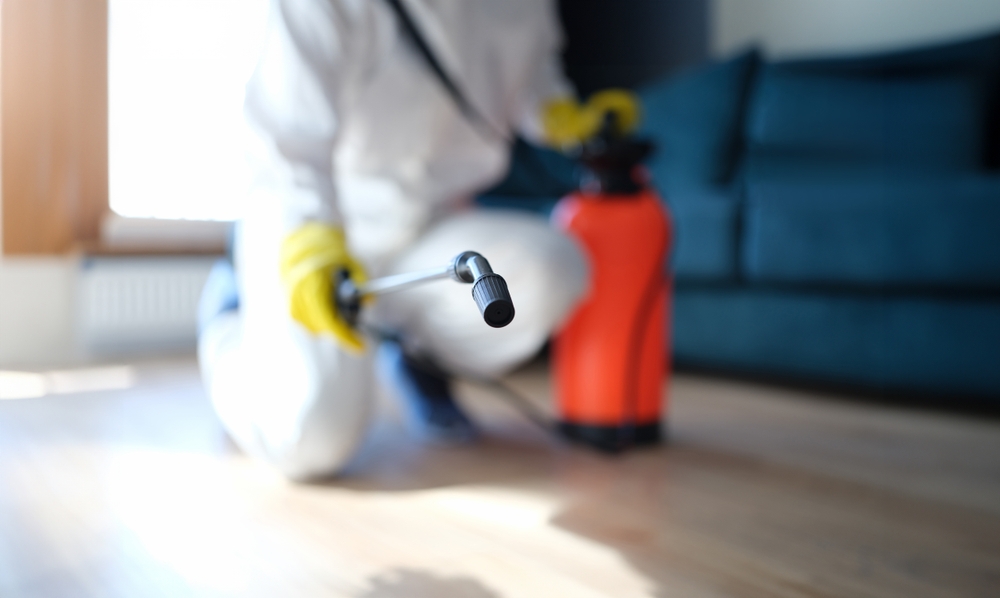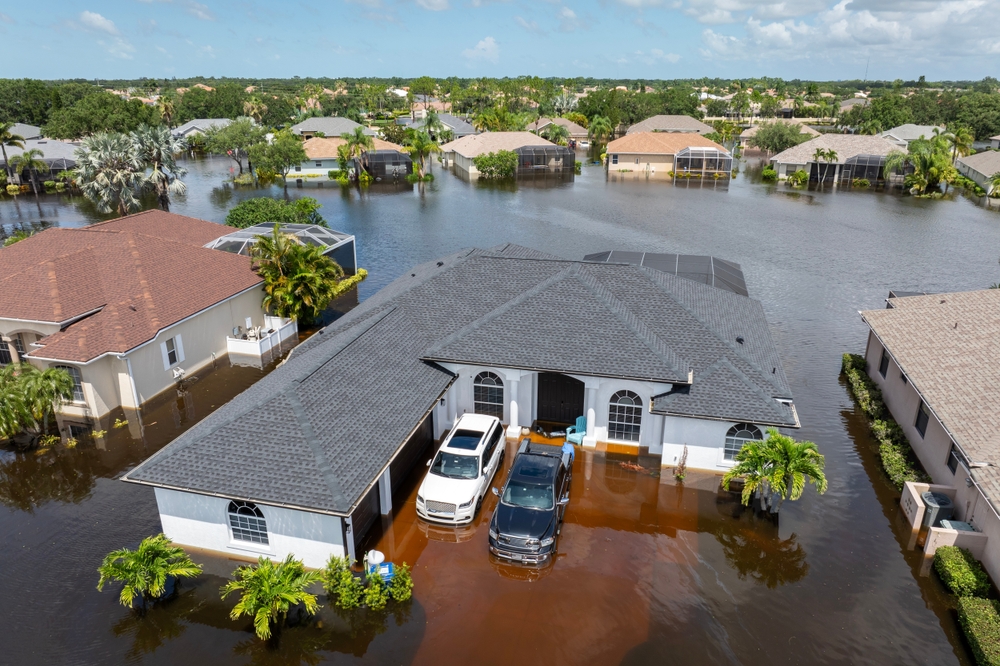What would you do if you found your house flooded? Would you faint out of shock, wait for the water to drain by itself, or call an expert to help you? Given that water is one of the highly destructive substance second after fire, you must act as fast as possible to remove the water before it causes much damage to your property.
So, how do you remove water correctly from a flooded house? Every water exaction process is different, but overly the process is barely the same. In this guide, we provide an overview of simple tips to help you extract water from your flooded house.
-
Start Removing the Freestanding Water
Once your water gets flooded, your priority should be to extract the visible water as fast as possible. You will need advanced equipment such as vacuums to remove the water more effectively. However, where such equipment is not available, you can use locally available machines to drain off the water. While vacuuming the water is considered an effective way to remove freestanding water after floods, it is advisable to engage experts.
-
Work of the Carpets, Rugs, and Furniture
Examine the extent of damage the water might have had on your carpets and other padding materials. Where the water was a lot, you will need to remove the carpets to dry them separately. In case the water had not sipped much in furniture, rugs, and carpets, you can treat them on site.
Your goal here should be to remove any moisture as fast as possible before it has adverse effects on your property. In case you do not have the necessary tools and equipment to get the job done, it is advisable to look out for an experienced and reliable individual or company to help you out.
-
Dry and Dehumidify Affected Areas
Water can have adverse impacts on various elements in the house. For instance, where wooden materials are affected, they develop molds. Identify any moist or wet areas in the house and use the right tools and equipment to dry and dehumidify such regions.
Given that this process requires advanced technology and equipment, it is always advisable to seek help from experienced water extraction companies. For example, a company such as Classic Restoration and Reconstruction will not deal with the current problem but also identifies and addresses all the areas with a high probability of developing molds in the future.
-
Implement Measures to Remove or Prevent Molds
Freestanding water and moisture are the primary factors responsible for the development of molds in a house. The water extraction process does not end after water is removed. Where molds had formed, you should put a lot of effort to remove them. In case there are no molds formed already, make sure you take the right measures to prevent the formation of such potentially dangerous substance.
-
Engage Experts in Water Removal
Notably, removing water from a flooded house requires the use of advanced equipment and tools. The process also involves the input of experts to remove moisture and prevent molds from forming. Engaging an expert in water removal and home renovations can help you address your flooding and molds issues more effectively. Therefore, carry out enough research to find a reliable company offering water extraction services in your area.
Water removal after flooding isn’t a simple task that anyone can do. It requires an effective combination of the right skills, equipment, and expertise to remove water correctly from a flooded house. The above tips will help you not only remove freestanding and soaked water but also ensure that your home is free of any molds.

